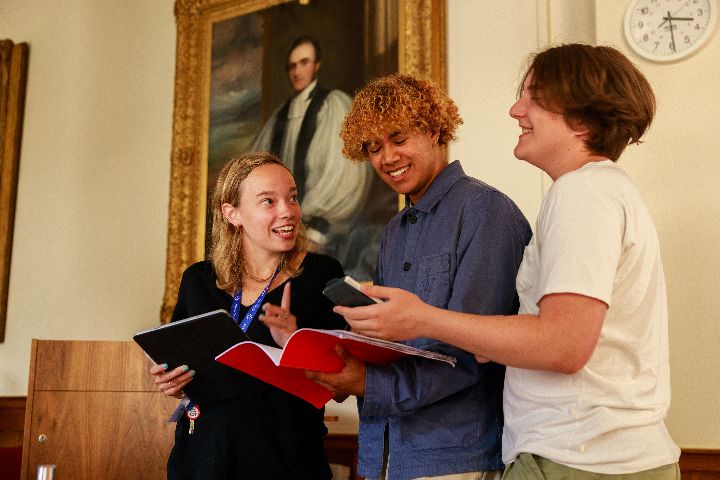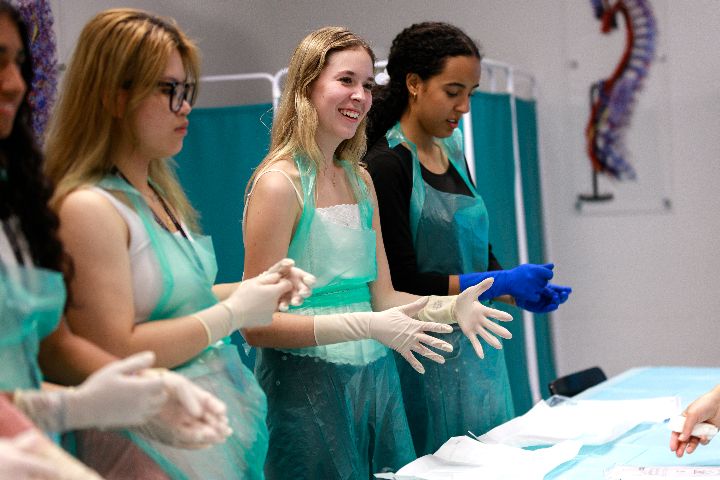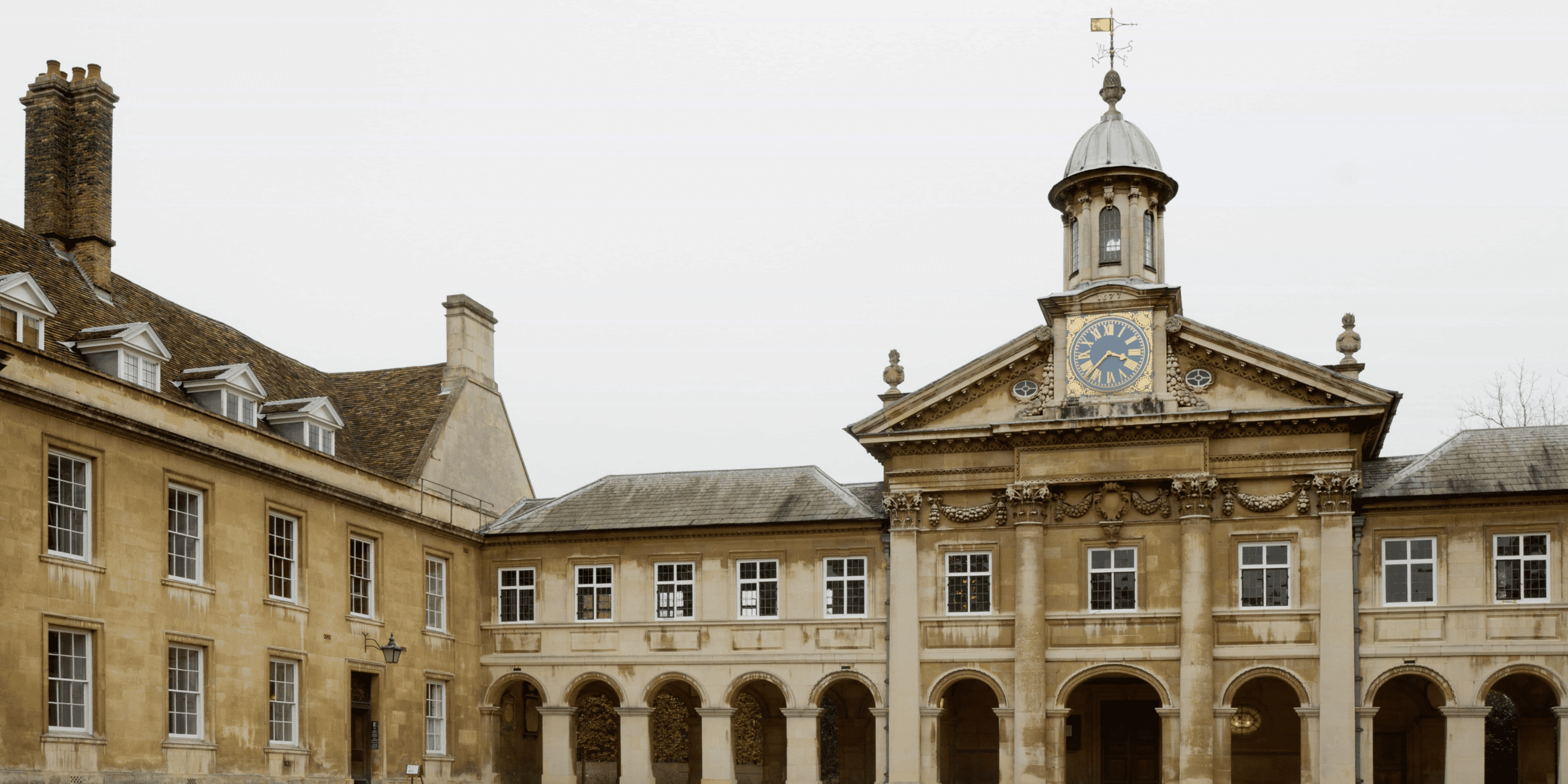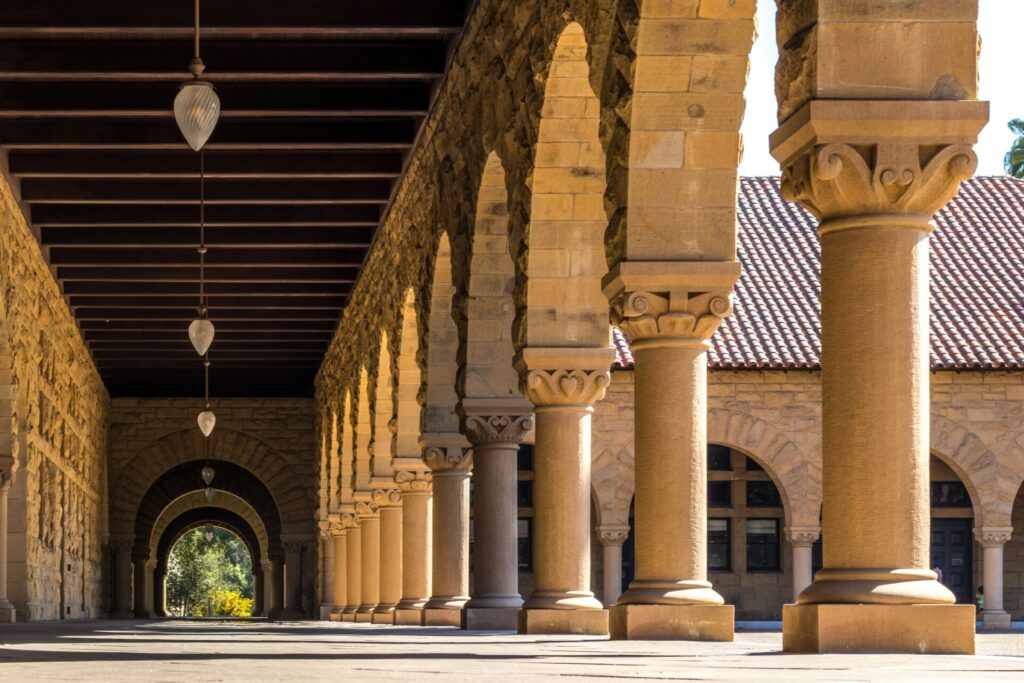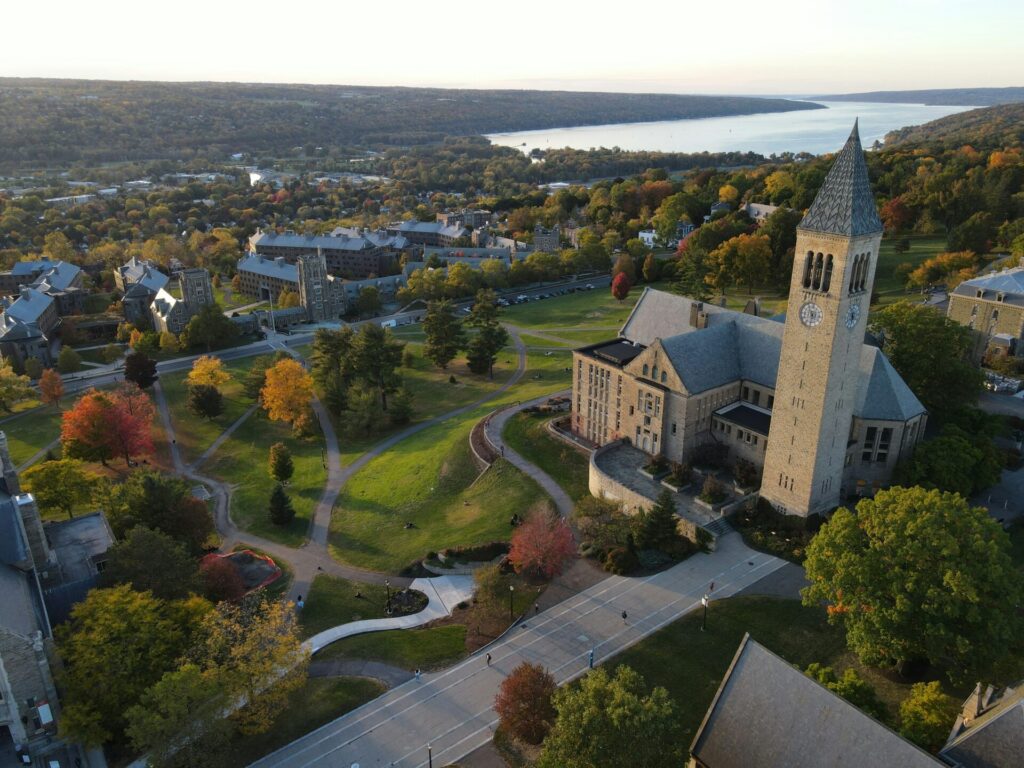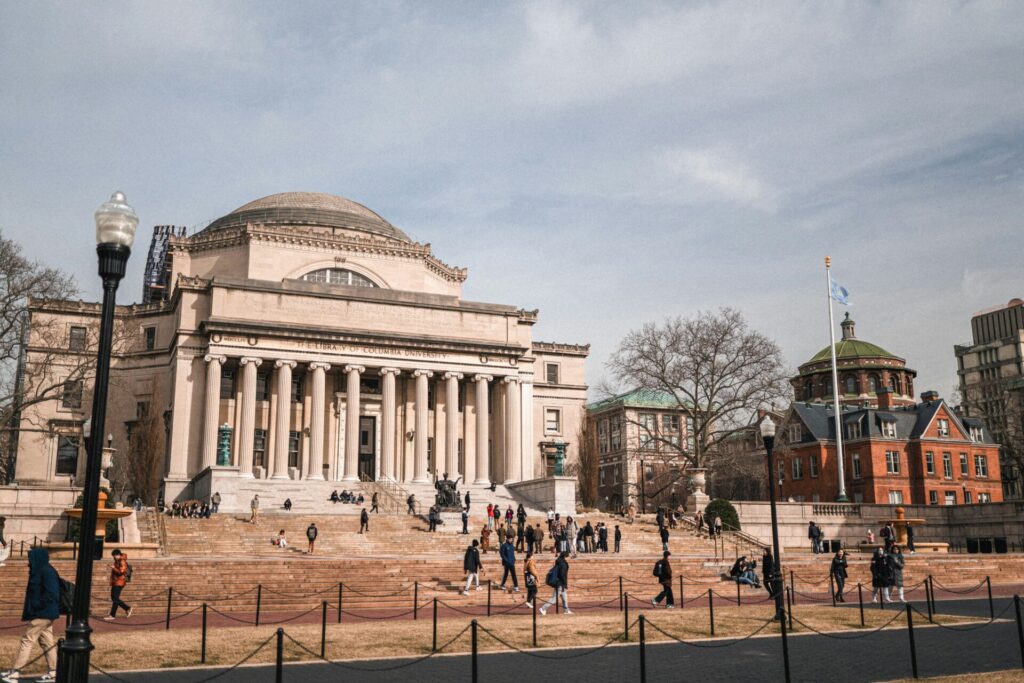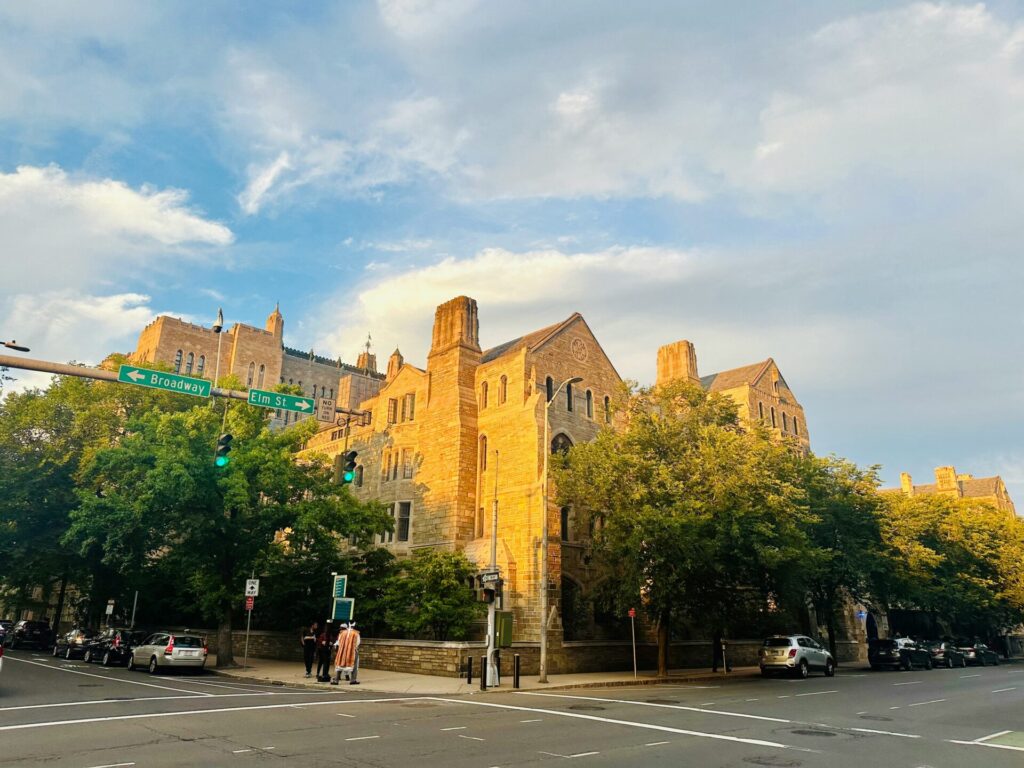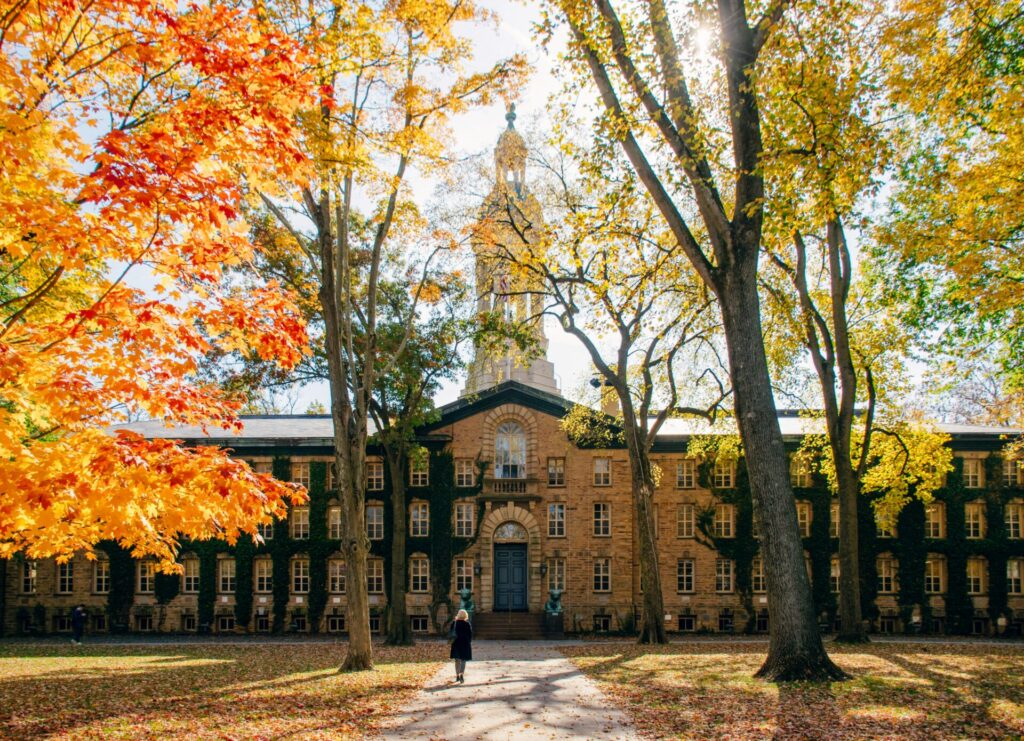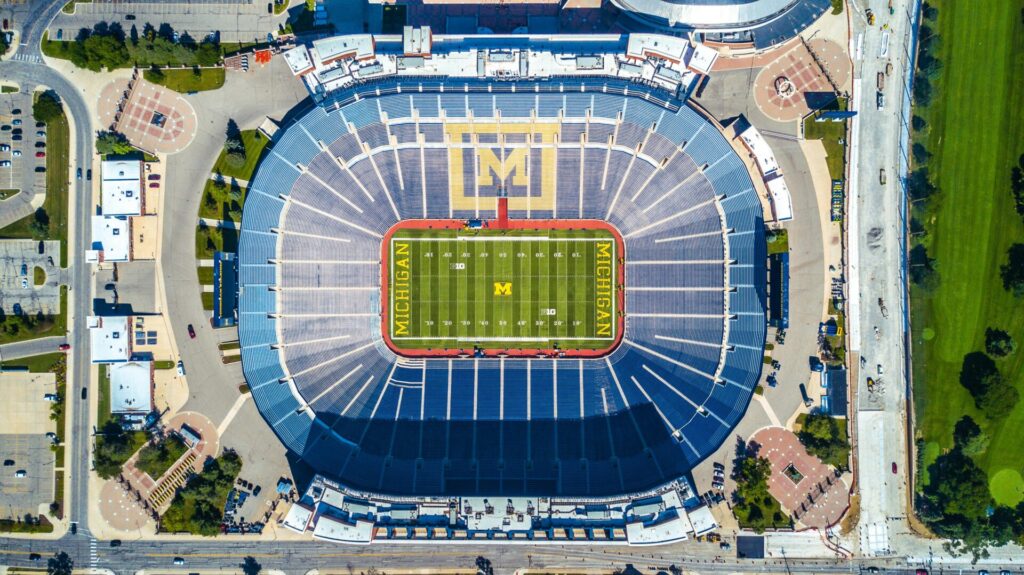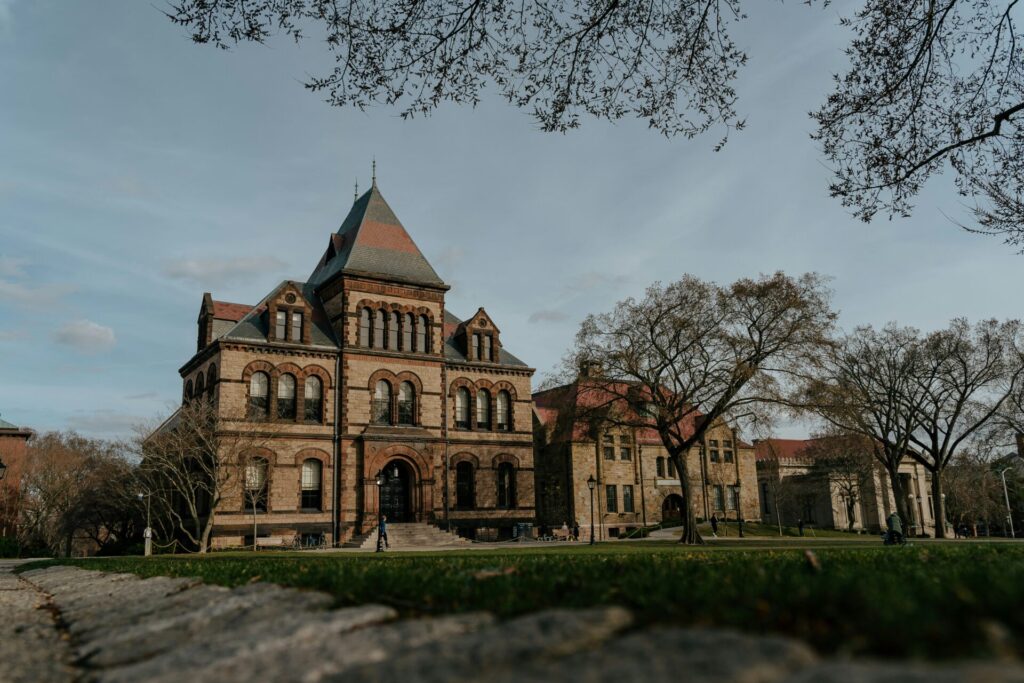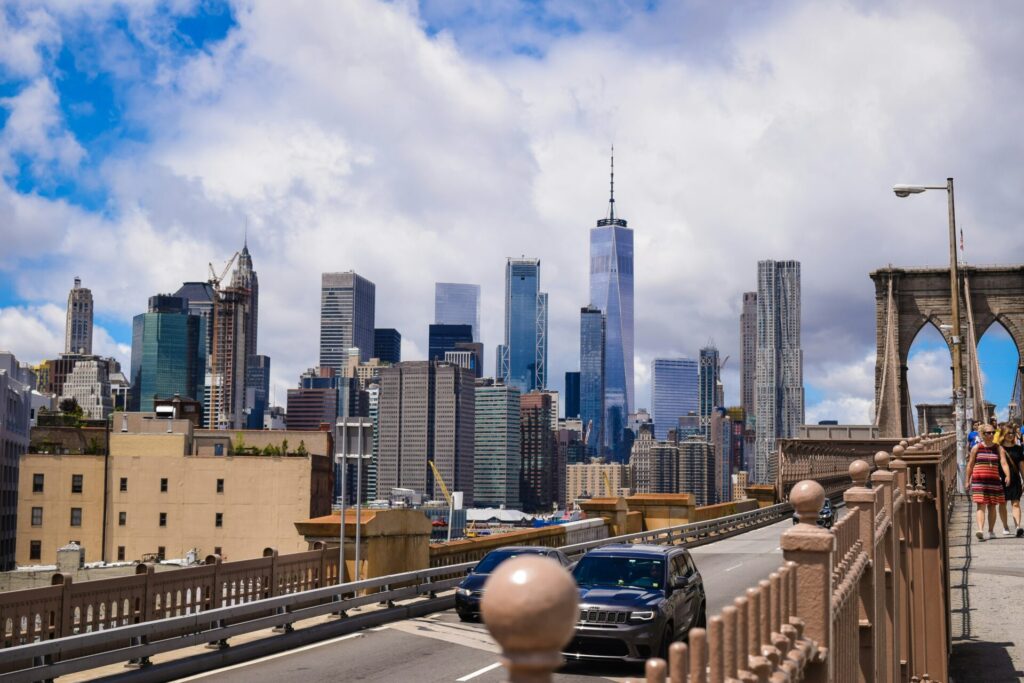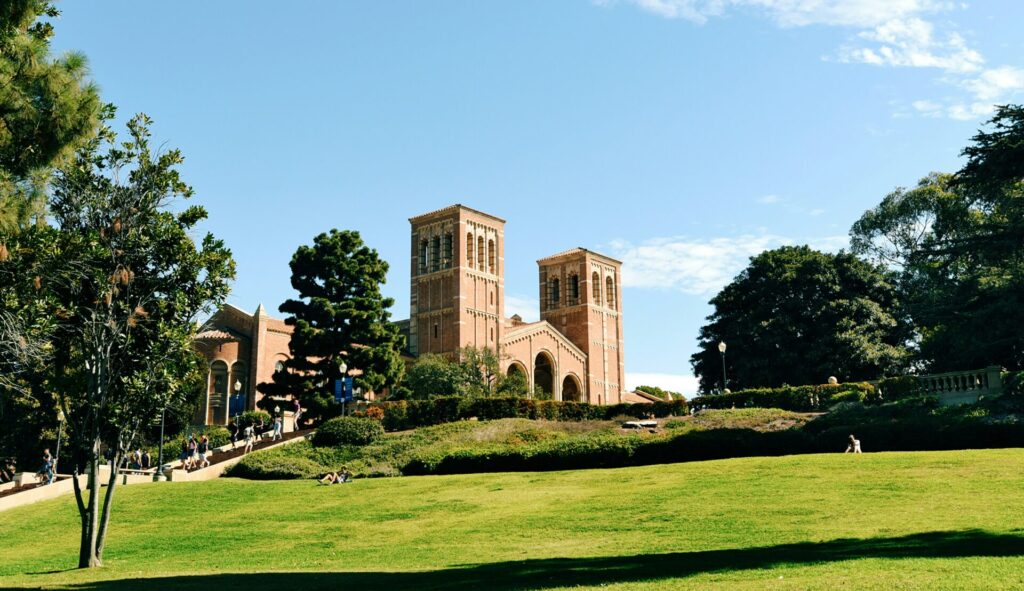The University of Cambridge has 31 colleges, 29 of them open to undergraduate students.
Cambridge is the home of two different universities: the University of Cambridge (which is one of the oldest and highest-ranking universities in the world) and Anglia Ruskin University (one of the most populous universities in England, with approximately 40,000 students).
Brief History Of Cambridge University Colleges
The University of Cambridge comprises various institutions, including 31 semi-autonomous colleges, around 150 academic departments and other institutions organised into six schools. All 31 colleges are considered self-governing (with endowments and property), as they have their own internal structures and activities and control their memberships.
All of the University of Cambridge colleges were founded between the 13th and 20th centuries, but none were established between 1596 and 1800. These are the same colleges that our Cambridge summer school students stay at on their two-week programme.
This allows the colleges to be classified into two groups following their foundation date. There are 16 old colleges established between 1284 and 1596, and 15 new colleges established between 1800 and 1977. All students and the vast majority of academics are attached to a specific college within the university.
List of Cambridge University Colleges
So, how many colleges are in Cambridge now? 31. The names of all the Cambridge colleges are as follows:
- Christ’s College
- Churchill College
- Clare College
- Clare Hall
- Corpus Christi College
- Darwin College
- Downing College
- Emmanuel College
- Fitzwilliam College
- Girton College
- Gonville and Caius College
- Homerton College
- Hughes Hall
- Jesus College
- King’s College
- Lucy Cavendish College
- Magdalene College
- Murray Edwards College
- Newnham College
- Pembroke College
- Peterhouse
- Queens’ College (learn about the mathematical bridge)
- Robinson College
- Selwyn College
- Sidney Sussex College
- St Catharine’s College
- St Edmund’s College
- St John’s College
- Trinity College
- Trinity Hall
- Wolfson College.
The University of Cambridge has more than 20,000 students and approximately 19,000 staff members. The University can be viewed as a confederation of colleges, faculties, departments and schools, and each college is conducted by its own regulations and statutes.
The students are all members of the University (and of a specific academic department), but they are also a part of a college community, which is an arrangement that allows academic support for each student.
Related Read: What Is Punting In Cambridge?
The students spend their time in one of the prestigious and beautiful colleges of Cambridge University, while undergraduates have College supervision, which is teaching sessions in tiny groups. This is one of the main factors behind their superior teaching methods.
Each college has its own in-house procedures, which involve selecting its students, most of whom admit undergraduate and postgraduate students. And, if you’re wondering how many colleges are in Oxford we covered that too.
List of Cambridge Colleges For Medicine
How many colleges are in Cambridge for aspiring medics? You can apply to 28 out of the 31 colleges to study medicine. However, 2 of these are women’s only colleges, Murray Edwards and Newnham, so please keep this in mind:
- Christ’s
- Churchill
- Clare
- Corpus Christi
- Downing
- Emmanuel
- Fitzwilliam
- Girton
- Gonville & Caius
- Homerton
- Jesus
- King’s
- Lucy Cavendish
- Magdalene
- Murray Edwards
- Newnham
- Pembroke
- Peterhouse
- Queens’
- Robinson
- Selwyn
- Sidney Sussex
- St Catharine’s
- St Edmund’s
- St John’s
- Trinity
- Trinity Hall
- Wolfson
Join the Immerse Education 2025 Essay Competition
Follow the instructions to write and submit your best essay for a chance to be awarded a 100% scholarship.
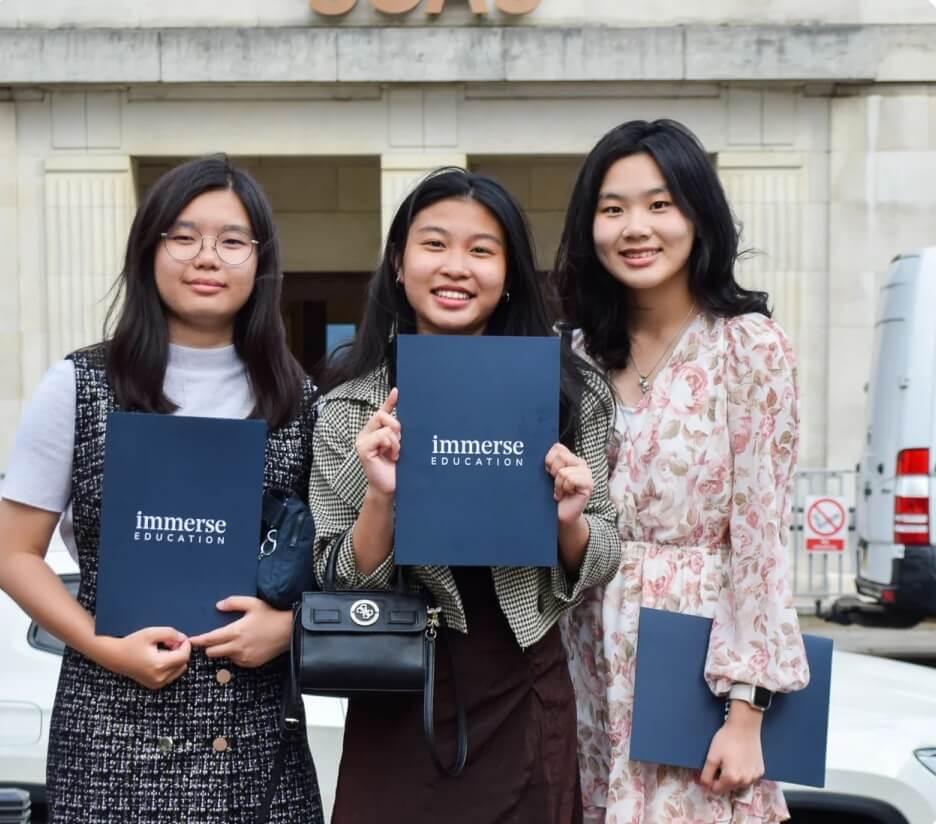
Which Cambridge College Is The Hardest To Get Acceptance To?
Admission statistics are kept private by many colleges, but it’s generally accepted that Trinity College is the hardest college to gain admission to. This is because of how prestigious it is which leads to more applicants applying to be part of the college.
What Is The Smallest Cambridge College?
If we are going by undergraduate numbers then Peterhouse College is the smallest as it only accepts 284 undergraduates.
Which Is The Biggest Cambridge College?
By land size, Churchill College is the biggest Cambridge college with a size of 42 acres and can host 485 undergraduates. By undergraduate numbers, Trinity College accepts the most at 740 undergraduate students.
What Is The Richest College in Cambridge?
Trinity College is the richest college with over £1.3 billion in its latest accounts.
Which Cambridge College Has The Best Social Life?
This is subjective, but our mentors who are students at Cambridge, say Clare’s College has the best social life. Why? It has a bar where many students party.
What’s The Easiest Cambridge College To Get Into?
Robinson College is the newest Cambridge college and therefore holds less prestige – meaning there are fewer applicants which potentially makes it easier. Cambridge has a 17% average acceptance rate but, generally, colleges do not disclose theirs.
Which Cambridge Colleges Are Open To The Public?
If you’re planning to visit Cambridge as a tourist or potential future student, you might be wondering how many colleges in Cambridge are open to the public. According to the University of Cambridge, these colleges currently charge for entry for public visitors:
- Clare College
- Corpus Christi College
- St John’s College
- King’s College
- Queens’ College
- Trinity College
Cambridge University Faculties & Schools
As we previously mentioned, there are six schools, and they are separate administrative groupings of faculties. The six schools include:
- Arts and Humanities
- Humanities and Social Sciences
- Clinical Medicine
- Biological Sciences
- Technology
- Physical Sciences.
Each school has its own Council, which includes representatives of both its departments and faculties. These representatives constitute the General Board.
The University organises teaching and research into individual subjects or groupings of subjects, and their work is generally arranged into divisions called Departments.
Does Anglia Ruskin University Have Any Colleges?
No, Anglia Ruskin University does not have any colleges. Located in the centre of Cambridge, the campus of Anglia Ruskin University has been an integral part of Cambridge since 1858.
Originally known as the Cambridge School of Art, the school gradually grew and became Anglia Ruskin University.
The Anglia Ruskin University envelopes several facilities, including:
- The Business School
- Forensic Science Labs
- TV Studio
- New Science Center (with molecular biology/psychology laboratories)
- University Library (with an open-access computer section)
- Ruskin Gallery
- Mumford Theatre
- Compass House (with audio recording studios and sport science labs)
The Anglia Ruskin University has invested over 100 million pounds in its new facilities in the last several years and plans to invest an additional 91 million pounds over the next five years.
We hope that you’re now clear on how many colleges are in Cambridge. If you think the college system sounds like a great way to experience university, why not take part in a summer school? Experience college life whilst levelling up your academic profile.
